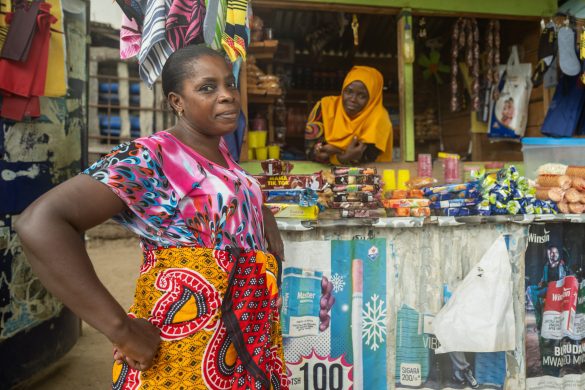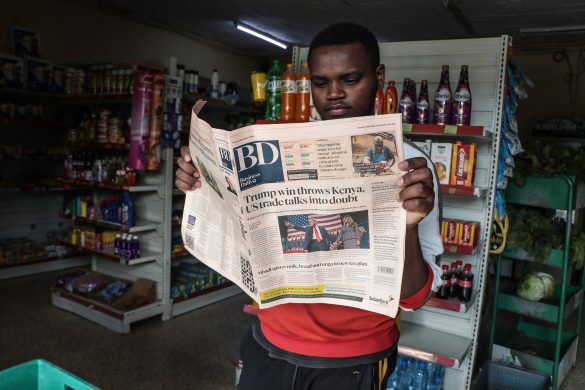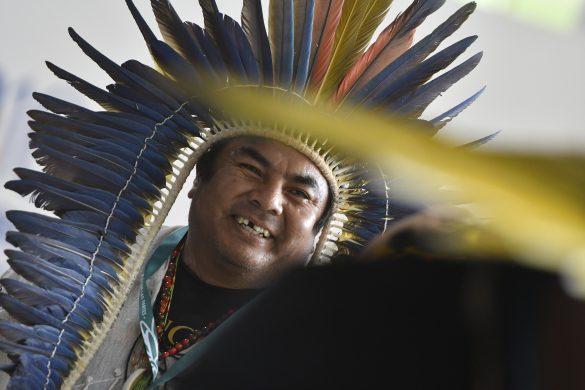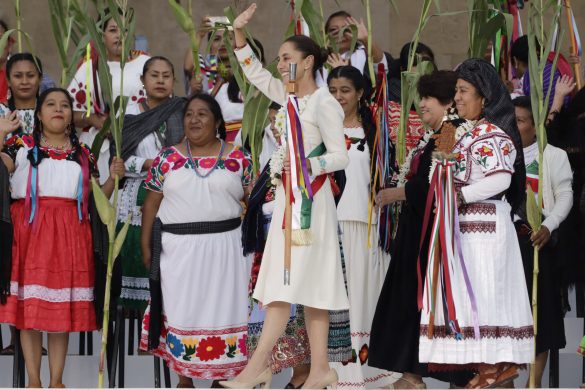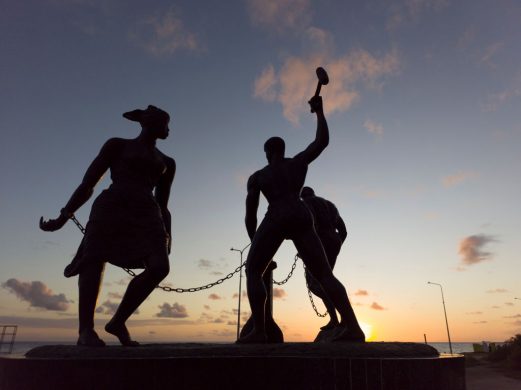En række Karibiske lande har oprettet en klimaforsikring, der sikrer hurtig hjælp efter naturkatastrofer. Den kan danne model for resten af verden, mener eksperter.
Under the new Cancun Agreements, endorsed at the end of the UN climate change talks in Mexico, countries have been asked to submit their views on the possible development of a climate and disaster risk insurance facility. The one to emulate would be the Caribbean Climate Risk Insurance Facility (CCRIF).
LAVE PRÆMIER – HURTIG HJÆLP
The not-for-profit scheme created in 2007 for the 16 members of the Caribbean Community (CARICOM) offered quick pay-outs and comparatively low premiums, said Sven Harmeling, an adaptation expert with Germanwatch, a non-governmental lobby group.
When Cyclone Tomas passed by the islands of Barbados, St Lucia, and St Vincent and the Grenadines on 30 and 31 October 2010, the CCRIF released US$12.8 million (72 mio. d. kr.) to the three countries only seven days later.
After a magnitude-7 earthquake struck Haiti in January 2010, the country received just under $8 million (45 mio. d. kr.) – approximately 20 times its $385,500 (2,16 mio. d. kr.) premium for earthquake coverage. Haiti’s policy allocated only 20 percent to earthquake risk, as the island country, like others in the Caribbean, placed greater emphasis on hurricane cover.
In contrast, when floods hit Pakistan in July 2010, “donor hesitance” affected the flow of emergency aid, whereas an insurance scheme could have made life-saving funds available within days after the disaster struck, Harmeling noted.


